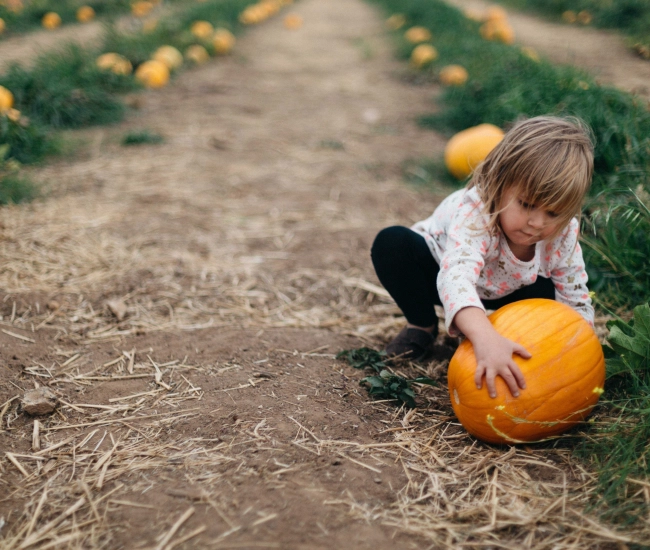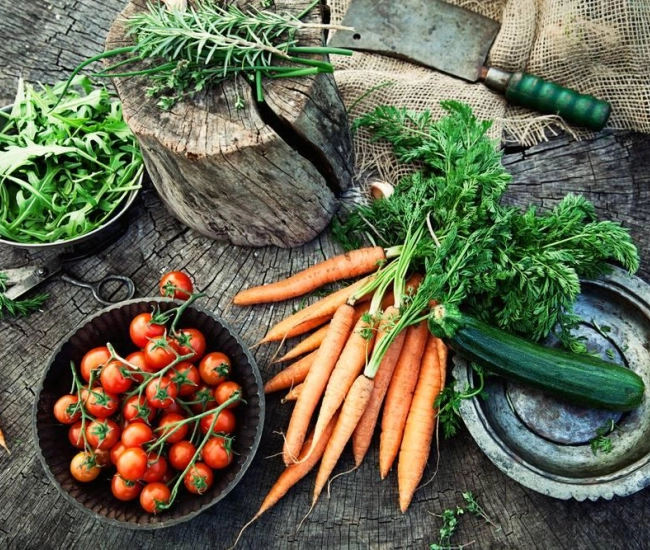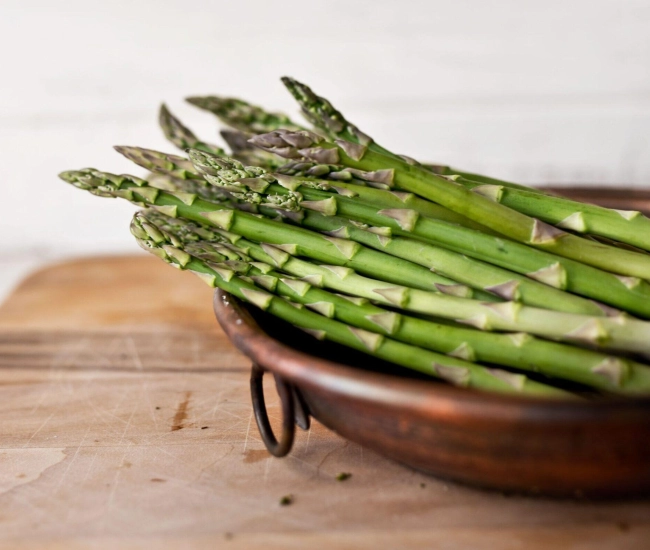
Looking forward to the holidays! The sun, the beach, the heat, and excursions await you, but what will you do with your vegetable garden? How can you protect it from Mother Nature's whims during your absence? Here are some simple steps to take before you leave to ensure the survival and productivity of your gourmet space.
A Good Cleanup
To control diseases and harmful insect infestations, perform a good weeding and surface hoeing between the rows a week before your departure. Be sure to remove yellowed or damaged leaves and wilted flowers. Pinch herbs so they can branch out (become denser) and take the opportunity to freeze some. Postpone fertilizing that stimulates plant growth and production, and delay new sowing or planting that requires more frequent care. Take the time to securely attach tomatoes, snow peas, and cucumbers to their supports and stake all tall plants that might break in the wind.

Harvest Even the Small Ones
Although the best solution is to ask someone you know to come and harvest regularly, sometimes that person is not available, so you will have to pick and store the vegetables or small fruits that might perish. It is good to know that some vegetables stop their generous production when their first fruits become too large, compromising future harvests. Before leaving, harvest zucchinis, cucumbers, and eggplants, even the smallest ones (they freeze well for soups or ratatouille) as well as green and yellow beans, as they will become fibrous and tough. Tomatoes that have started to ripen should be harvested and placed in a warm spot on a tray in the kitchen. They will be well ripe upon your return.

Mulch Please
After weeding and hoeing your vegetable garden, perform a deep watering and spread a good layer of mulch between the rows. A thickness of about 6 to 8 cm of loose straw, shredded wood (BRF), or coarse mulch is sufficient to ensure good soil moisture while allowing it to dry slowly. Mulching is also recommended to protect roots from extreme heat, but be careful not to cover the plant collar (base of the main stem), as this would cause them to rot. Grass clippings and finely shredded mulches are not recommended as they compact too easily and prevent water from penetrating the soil properly.

Let's Talk Watering
Your biggest challenge will be ensuring that your vegetable garden does not suffer from a lack of water during your time away. Here are some useful tips to help you leave with peace of mind.
- Hoe the day before you leave (one hoeing is worth two waterings).
- Use a soaker hose with a programmable timer (cover your hose with mulch to control water evaporation) or a commercial micro-irrigation system.
- Place inverted bottles filled with water at the base of water-hungry plants (tomatoes, squash, peppers, cucumbers) and ask a neighbor to refill them 1 to 2 times a week.
No matter which irrigation method you choose, make sure to test it for a few days before your vacation to correct any irregularities and problems if necessary.
Happy holidays!
__
Text: Hélène Baril, horticulturist, author & speaker
Tips and advice



